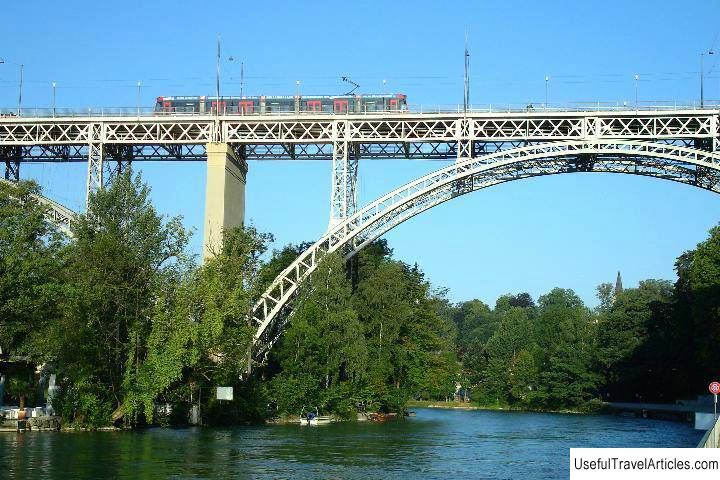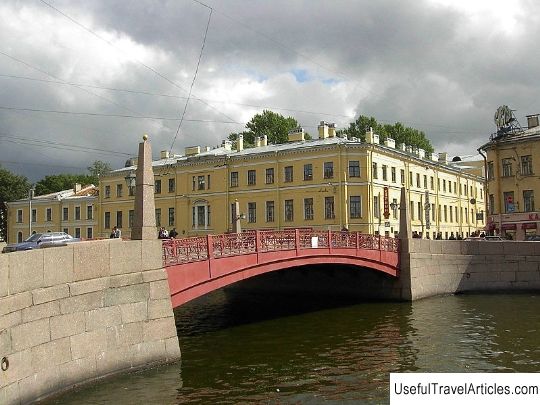Cast iron bridge over the Severn in Great Britain
Rating: 8,0/10 (627 votes)  The Iron Bridge, which gave its name to the entire area in which it is located, connects the banks of the small British River Severn in Shropshire. The bridge is notable for the fact that it became the first bridge in the world that was not built of stone, but was composed of individually cast metal parts. This practice, however, was then adopted by almost all bridge builders, since it is much more convenient and faster.
Apparently, the idea to assemble the bridge from cast iron parts and, possibly, the design of the bridge was the architect from Shrewsbury, Thomas Farnol Pritchard. He once expressed his idea to one of his clients, who happened to be John Wilkinson. The latter, in turn, became famous as an incredible fan of any iron, cast iron and other metal products. He even bequeathed to bury himself in a cast-iron coffin.
Of course, the idea seemed attractive to him, and after the death of Pritchard he took up its implementation. The first, central parts of the future bridge were cast at the Derby plant and weighed about 5.1 tons each. All other components of the structure were cast separately, and then mounted on site, fastened together with wedges and spikes, following the pattern of wooden structures. They were later replaced with much more suitable bolts.
Literally on the first day of 1781, the bridge was solemnly opened. However, it did not differ in durability, since cracks began to appear on the bridge at the beginning of the 19th century, and to this day it requires regular repair. Even the passage of transport on it was banned in order to preserve such a valuable architectural monument. Like other sites of the Iron Bridge Gorge, it is protected by UNESCO. The Iron Bridge, which gave its name to the entire area in which it is located, connects the banks of the small British River Severn in Shropshire. The bridge is notable for the fact that it became the first bridge in the world that was not built of stone, but was composed of individually cast metal parts. This practice, however, was then adopted by almost all bridge builders, since it is much more convenient and faster.
Apparently, the idea to assemble the bridge from cast iron parts and, possibly, the design of the bridge was the architect from Shrewsbury, Thomas Farnol Pritchard. He once expressed his idea to one of his clients, who happened to be John Wilkinson. The latter, in turn, became famous as an incredible fan of any iron, cast iron and other metal products. He even bequeathed to bury himself in a cast-iron coffin.
Of course, the idea seemed attractive to him, and after the death of Pritchard he took up its implementation. The first, central parts of the future bridge were cast at the Derby plant and weighed about 5.1 tons each. All other components of the structure were cast separately, and then mounted on site, fastened together with wedges and spikes, following the pattern of wooden structures. They were later replaced with much more suitable bolts.
Literally on the first day of 1781, the bridge was solemnly opened. However, it did not differ in durability, since cracks began to appear on the bridge at the beginning of the 19th century, and to this day it requires regular repair. Even the passage of transport on it was banned in order to preserve such a valuable architectural monument. Like other sites of the Iron Bridge Gorge, it is protected by UNESCO.We also recommend reading Saltyre Factory Village, UK Topic: Cast iron bridge over the Severn in Great Britain. |




